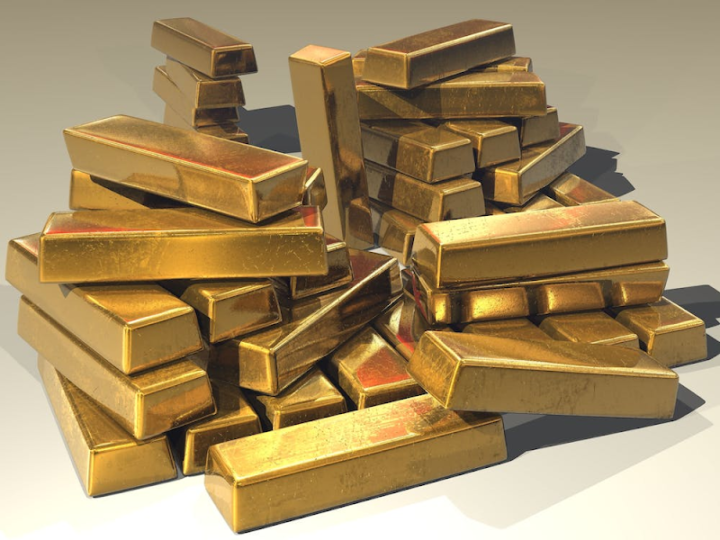The Top Precious Metals to Know About and Why They Matter
Precious metals are economically valuable and have a high economic value due to their scarcity, industrial use, ability to protect against currency inflation, and historical use as a store of wealth. Platinum, gold, and silver are the precious metals that investors find to be the most appealing.

Understanding Precious Metals
A significant portion of the world’s currencies have either been physically created utilizing precious metals or was backed by them, as was the case with the gold standard in the past, which gave precious metals a significant influence on the world economy. But nowadays, investors mostly buy precious metals as financial assets.
Precious metals are frequently sought after as an investment to diversify portfolios and as a store of wealth, especially as a hedge against inflation and during periods of economic uncertainty. Accordingly, gold and silver IRAs are the safest and most profitable method, giving you the most advantages. Precious metals could also be a crucial component for commercial buyers of goods like jewelry or electronics.
The anticipated threat of war or any other geopolitical upheavals, fear of inflation, and worries about financial stability are three of the main factors affecting demand for precious metals.
Gold is the most commonly used precious metal for investments, followed by silver. Iridium, which is used in specialized alloys, and palladium, which is utilized in chemical applications and electronics, are examples of precious metals employed in industrial operations.
Precious Metals Investment
Investors can add precious metals to their portfolios in many ways. Those who want to handle the metals directly can buy real bullion, such as coins or bars that have been struck, and store it in a safe. Although this ownership structure offers the benefit of lowering counterparty risk, it also comes with higher storage and insurance expenses.
Purchasing futures contracts for a certain metal or stock in publicly traded businesses involved in precious metal exploration or production are two more common approaches. Additionally, a range of strategies is available through mutual funds and exchange-traded funds (ETFs), including portfolios of mining companies, funds backed by bullion, and leveraged exposure.
There is always some danger linked to investing in precious metals, although they may offer a certain level of security. Prices may fall when the economy is stable because investors are compelled to sell assets to pay margin calls or satisfy other securities obligations.
In a similar vein, selling physical assets for their fair market value can be challenging, especially when volatility is at its highest. Additionally, if valuable metals are kept at home, they run the risk of being stolen.
Gold as an Example of the Precious Metal
The most prominent precious metal is gold, which continually attracts a lot of interest from both market participants and the financial media. The increased desire to stockpile the bright yellow gold is caused by several factors:
Systemic financial worries: Gold has historically been sought after as a secure store of value when money and banks are thought to be unreliable or the political situation is in doubt.
Inflation: People frequently turn to gold as an investment when actual rates of return in the equity, bond, or property markets are negative or are expected to decline shortly.
Wars and political unrest have always led to gold hoarding on the part of the populace. You can make a century’s worth of savings portable and store them until you need to exchange them for food, shelter, or a safe journey to a less dangerous area.
Before falling to a low of about $400 in April 2001, gold’s inflation-adjusted price hit a peak of about $2,200 in February 1980. Its price has generally increased over the past 20 years, rising to almost $2,000 in October 2020 and crossing the $2,000 mark later that year. In June 2022, gold will cost approximately $1,850.
How Many Different Precious Metals Exist?
The eight metals that are regarded as precious are ruthenium, iridium, platinum, gold, silver, rhodium, palladium, and osmium. Platinum is the most commonly traded precious metal that isn’t gold or silver.
Which Precious Metal Is Most Valuable?
Price and rarity are the two criteria used to determine which metal is the most valuable. Rhodium is the priciest precious metal. The price of rhodium reached $14,000 per ounce in June 2022. In contrast, platinum costs about $980, while gold costs about $1,850.
To protect against inflation and provide the advantage of being able to invest in a tangible asset, precious metals are mined and exchanged. Because of this, these metals are advantageous during periods of geopolitical unrest when you might need to flee the nation or preserve your assets but don’t have confidence in the resilience of your home equity markets.


